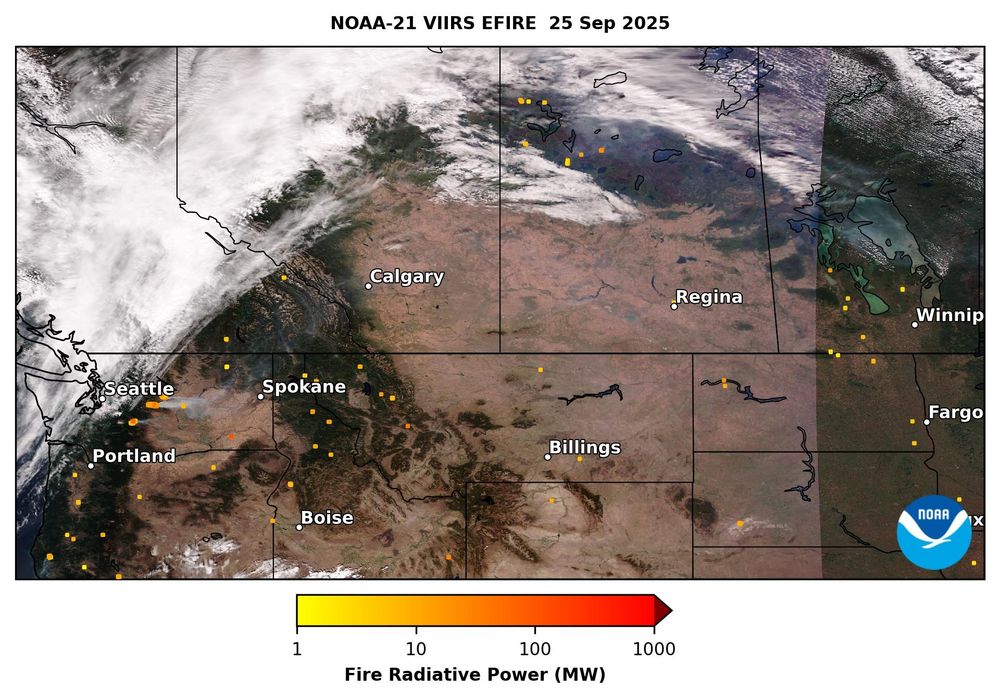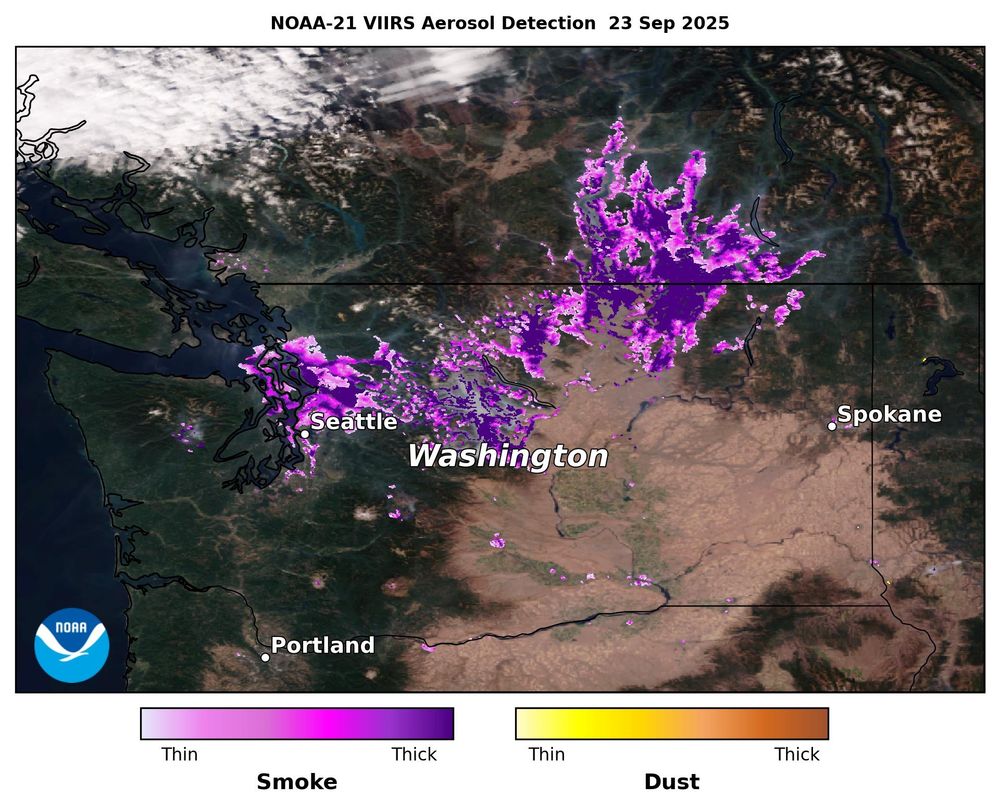AerosolWatch
@aerosolwatch.bsky.social
300 followers
52 following
220 posts
Satellite observations of global aerosol and air quality events, including wildfires, dust storms, and haze. Featuring NOAA satellite products from the AerosolWatch website (https://www.star.nesdis.noaa.gov/smcd/spb/aq/AerosolWatch/).
Posts
Media
Videos
Starter Packs




















